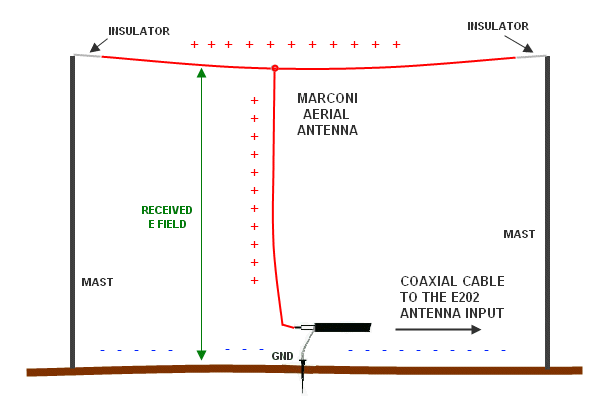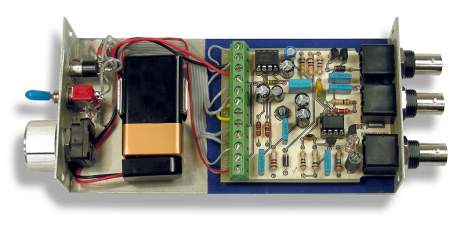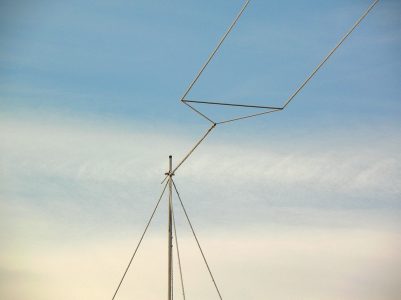
Adding more turns will increase signal level but selectivity (station separation) may suffer slightly. NOTE: If tuning 1 MHz (AM broadcast band) when L2 = 2 turns, this is typically 50 ohms. Usually 1 to 10 turns, adjust for best signal and bandwidth performance. Can be a variable inductor (slide the ferrite in or out to tune, if a variable capacitor is not available).

TP1, TP2, TP3, TP4 = Binding posts for connecting antenna, and for signal level DC output. For VLF 30 KHz and lower use a 2000u rod. 125u value for range of 30 KHz - 2 MHz and AM broadcast band. (Stormwise part # METER50uA).įE = Ferrite Rod. VR1 = 10 K-ohm variable control resistor.ĭ1, D2, D3 = 1N4148 or 1N914 silicon diodes. 47 pF - 0.47 uF typical values range.Ĭ5 = 100 uF capacitor (required for audio decoupling, do not omit). The antenna used for reception in the above video.Ĭ1 = Variable Capacitor or fixed-value Capacitor to tune desired frequency range. The receiver will tune 3 KHz VLF through 2 MHz (120 meters) Ham, and the AM broadcast band: The chosen value of L1 and C1 sets the band received.ĬLICK HERE to watch a short video of the receiver receiving time signal station WWVB 60 KHz.
Vlf receiver sensitivity elmer how to#
The following diagram shows how to wire the unit to make a radio receiver having many features, including an analog signal strength meter. Input and output static and overload protected.Īudio output will drive any audio amplifier, and also will directly drive sensitive earphones. Works with the coil or loop antenna you supply, or works with our VLF ready-made antennas.Įasy 4 wire connection: Yellow = Antenna, Green = Audio Output, Red = (+), Black = (-). Lightning detector mode allows the receive to work as a lightning detector.


The VLF-101 radio receiver does not have AGC so you get full dynamic signal range without clipping and faithful reproduction of signal strength levels.
Vlf receiver sensitivity elmer driver#
This miniature radio receiver module allows reception in the lower frequency bands up to 2 MHz.Ĭovers VLF 3 KHz to Ham 120 meters (1.8 - 2.0 MHz), and the AM broadcast band 530 KHz - 1710 KHz.įeatures built in RF signal strength meter driver to allow viewing signal strength with a meter, or for chart-recording signal strength over time.


 0 kommentar(er)
0 kommentar(er)
